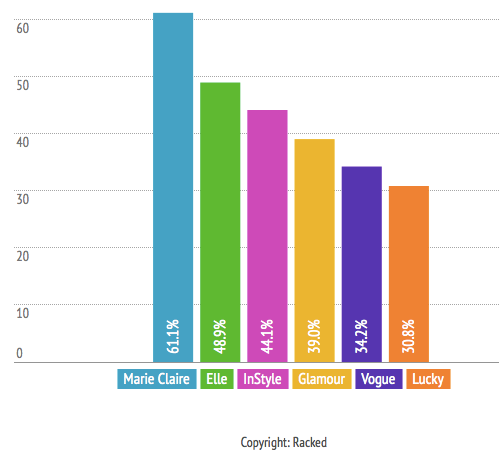First, an introduction:
For the past four years, the hardtracking staff at Sneak Adtack has chronicled the explosion of stealth marketing, which attempts to trick out advertising as entertainment or editorial content. From product placement to product integration (working the brand into the script) to branded content to native advertising, it’s all about deceiving consumers into thinking that marketing messages are something they’re not?—?that is, credible, reliable, non-biased information.
Next, an intervention:
Someone needs to flag the white-flagging of native ads.
Exhibit A: NiemanLab stalwart Joshua Benton’s recent piece on native advertising and the mainstream news media.
Like it or not, native advertising is squarely inside the big news tent
Maybe it’s just a new iteration on the advertorials newspapers and magazines have run for decades. Maybe it’s a scurrilous devaluation of journalism. Either way, it’s here, and at the highest levels of the business.
“There is no need for advertisements to look like advertisements. If you make them look like editorial pages, you will attract about 50 per cent more readers. You might think that the public would resent this trick, but there is no evidence to suggest that they do.”
That was David Ogilvy, the Mad Men-era advertising wizard, in Confessions of an Advertising Man, 1963.
When we look back on 2014 in the news business, we may think of it as the year that Ogilvy’s maxim went mainstream, accepted in the world’s top newsrooms.
In January, NYTimes.com ran its ?rst piece of what’s come to be called native advertising. It had “The New York Times” blazed across the top of the page, and it had a lot of the visual DNA of a Times article — a headline about millennials in the workplace, about 700 words of copy, and even the honori?c Mr. and Ms. of Times style.
To be sure, Benton noted, “above that headline, in 12-point type, were the words ‘Paid for and posted by Dell.’ The byline went to a freelance writer with a Dell logo next to her name; the typography looked different from what you’d see on a Gail Collins column . . .”
And etc.
So good for them, yeah?
As it turns out, the Times isn’t just accepting native ads from the likes of Dell; the paper is also producing them for itself. As Andrew Beaujon of Poynterreported last week, the Times has taken to Mashable for a series of native ads such as 11 Inspiring Videos That Will Restore Your Faith in Humanity.
Swell. But what we’re starting to need now is something that will restore our faith in editorial credibility.
Take, for instance, the research study that Racked.com recently published under the headline, How Much Editorial Love Do Fashion Magazines Give Their Advertisers?
Here’s what Racked found in terms of advertisers appearing in the editorial pages of half-a-dozen fashion magazines.

Bottom line: at worst advertising brands have roughly a one-in-three chance of getting some value-added editorial promotion from fashion magazines; at best it’s close to two-in-three.
Of course, over the past few years the traditional Chinese wall between advertising and editorial has gradually turned into the Berlin Wall?—?dismantled brick-by-brick. (See also The invasion of corporate news in the Financial Times. Subhed: “The lines between journalism and PR are rapidly becoming blurred as business interests bypass traditional media to get their message across.”) And native advertising is the final brick.
But that doesn’t mean we should like it.
NiemanLab’s Benton concludes:
[W]hether you like it or not, native advertising is now inside the big news tent. Maybe it’s just a new iteration on the advertorials newspapers and magazines have run for decades. Maybe it’s a scurrilous devaluation of journalism. Either way, it’s here, and at the highest levels of the business. What journalists can do is push for clear labeling, shame those who fall short, and hope that the business sides of their outlets won’t turn their brands into a non-renewable resource.
Actually, that’s not nearly enough. What’s really needed is a reader revolt?—?an outcry from consumers that this State of the Cuisinart marketing needs to go.
Raise your hand if you think that might ever happen.
Us neither.
Originally posted on Medium.
John R. Carroll is media analyst for NPR's Here & Now and senior news analyst for WBUR in Boston. He also writes at Campaign Outsider and It's Good to Live in a Two-Daily Town.
John R. Carroll has 305 post(s) on Sneak Adtack